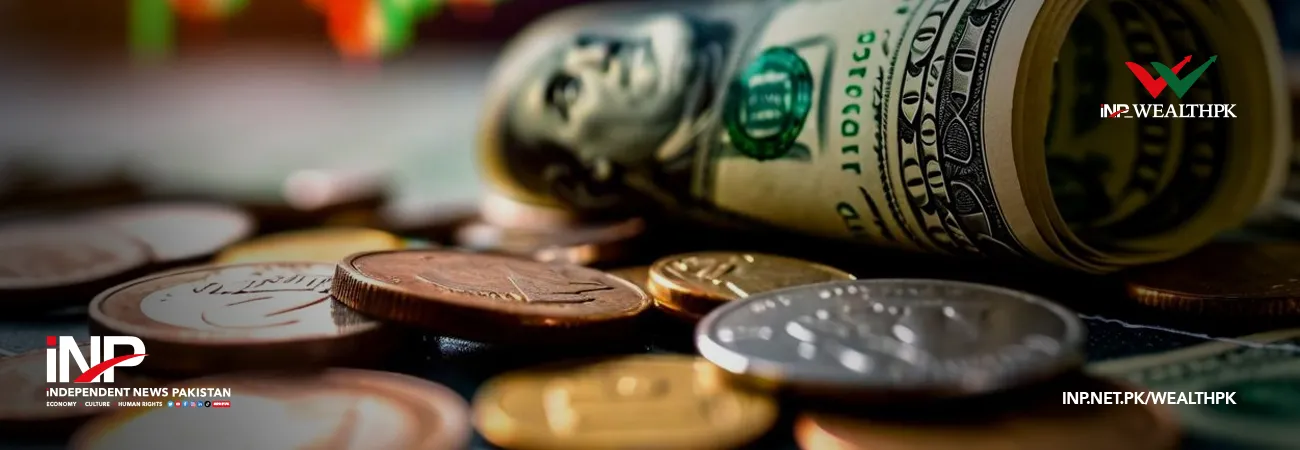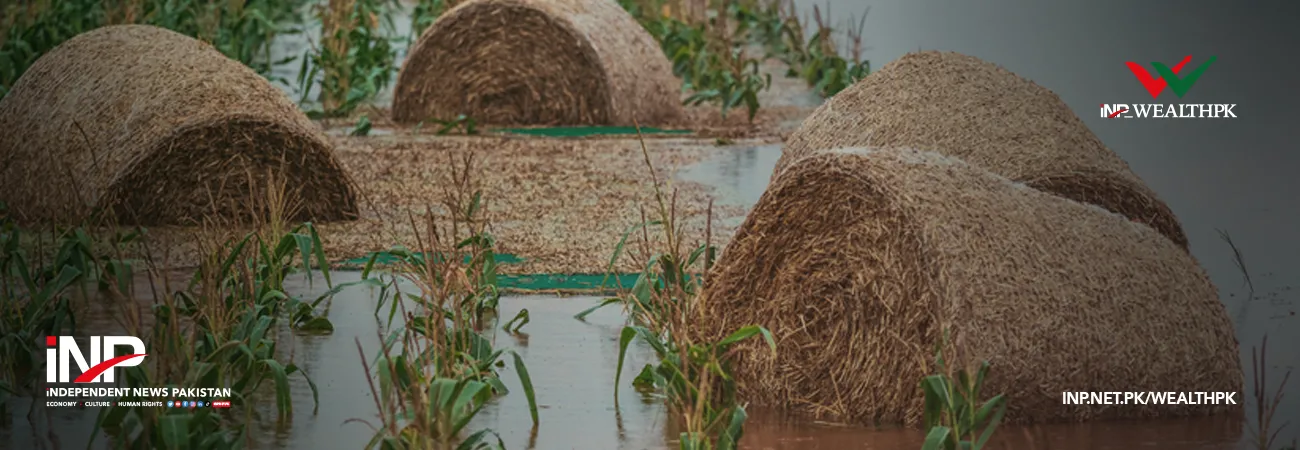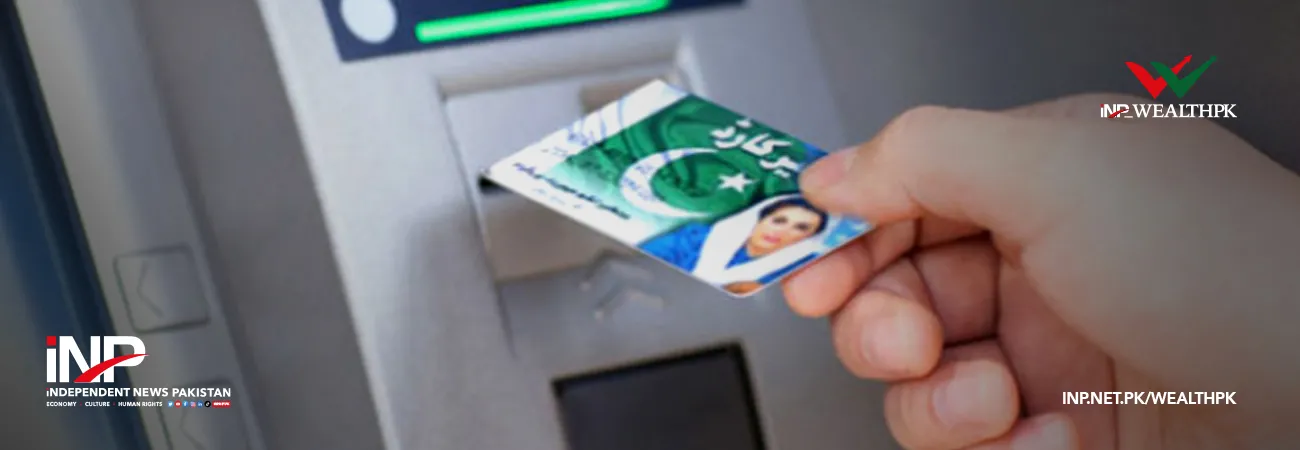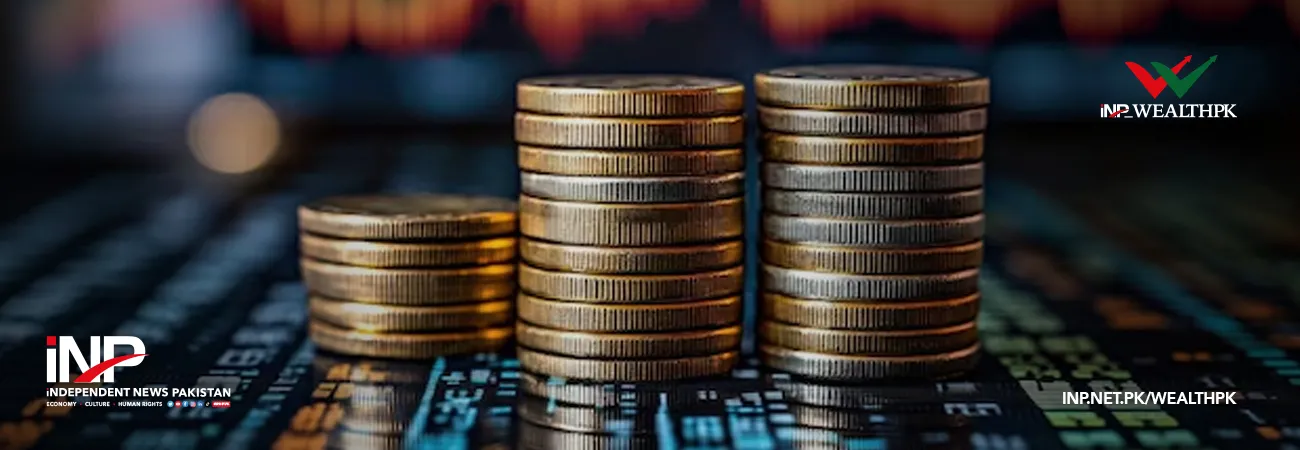INP-WealthPk
Ayesha Saba
Pakistan has stepped up efforts to modernize its economic structure through an integrated reform program that advances privatization, strengthens digital governance, and expands joint ventures under the second phase of the China-Pakistan Economic Corridor (CPEC), according to the Finance Division’s Monthly Economic Update & Outlook (October 2025).
The report highlights that sustained progress in structural reforms has enhanced Pakistan’s global credibility, as reflected in improved credit ratings and investor confidence. The government’s reform momentum, supported by the successful IMF Staff-Level Agreement under the Extended Fund Facility (EFF) and Resilience and Sustainability Facility (RSF), is translating into institutional changes aimed at promoting fiscal discipline and economic transparency.
The Finance Division said that privatization remains a key component of Pakistan’s fiscal consolidation plan. It aims to reduce the burden of loss-making state-owned enterprises (SOEs) while mobilizing private investment in energy, aviation, and industrial sectors. Officials noted that several entities have reached the transaction preparation stage, with priority cases under evaluation for strategic partnership models.
“Privatization is being aligned with the broader digital governance framework to ensure transparency and public participation,” the report said. The digitalization of financial and administrative systems across ministries is enabling real-time fiscal monitoring and more efficient decision-making.
The government has expanded its e-governance drive through platforms like Pakistan Single Window (PSW), WeBOC 2.0, and the National Digital Payment Gateway. These systems aim to improve tax collection, facilitate trade, and promote ease of doing business. The rollout of paperless documentation in customs and public procurement is also expected to curb leakages and corruption.
CPEC Phase-II, the report noted, has entered a more mature stage focused on industrial cooperation, technology transfer, and joint ventures. Projects under development include new special economic zones, renewable energy parks, and digital infrastructure corridors. “The government remains committed to transforming CPEC into a model for sustainable, inclusive growth,” the report emphasized.
Economists said that these reforms—if sustained—could mark a structural shift in Pakistan’s growth trajectory. “Privatization and digital governance together reduce fiscal risk, while CPEC’s industrial linkages create long-term productivity gains,” an Islamabad-based economist observed.
The report added that progress in these areas has already bolstered foreign investor sentiment. Credit default swap (CDS) spreads have declined by over 2,200 basis points in 15 months, and Pakistan’s Sustainable Financing Framework received an “Excellent” alignment score from Sustainable Fitch for compliance with global standards in green and social finance.
Analysts said the combination of improved debt metrics, privatization, and foreign investment inflows could reinforce Pakistan’s external resilience. “If momentum is maintained, the country could enter a more stable growth phase supported by diversified exports and efficient public institutions,” one financial expert noted.
The Finance Division concluded that sustained focus on digital transformation and transparency will remain central to the government’s reform strategy. “Pakistan’s economic renewal depends on ensuring that institutional reforms translate into measurable fiscal and social outcomes,” the report said.

Credit: INP-WealthPk













